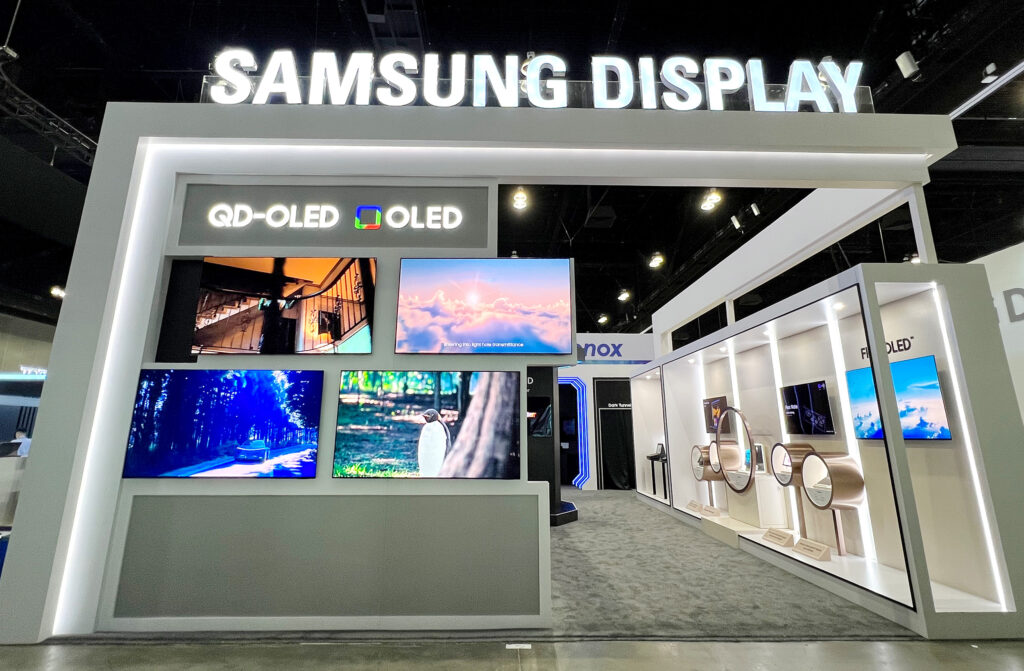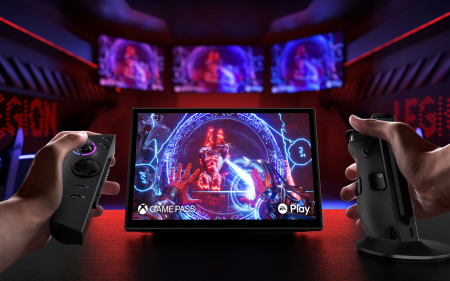South Korean company Samsung showed off some of its next-generation display technology at the SID Display Week held in Los Angeles this week. Among the new tech on offer was something called Rollable Flex and then a screen type called the Sensor OLED display.
Rollable Flex is designed to “revolutionize the portability of tablet PCs or laptops”. You might reckon, based purely on the name, that it’s at least partially along the lines of LG’s similarly-named screen tech. You’d be… completely correct.
Samsung’s feeling Sensor-tive

More on that in a moment, however. Samsung’s Sensor OLED display is the really interesting candidate here since it allows something entirely new. Intended for smartphones, the screen “provides new usability by embedding fingerprint and blood pressure sensors in panels without attaching separate modules”.
Translation? It’s a full-screen fingerprint sensor, allowing folks to biometrically unlock a device from any point instead of just where that little fingerprint icon sits. But that’s not all it does.
Samsung’s new sensor also apparently has the ability to keep an eye on your cardiovascular health, in case that was a feature you wanted from your smartphone. Specifically, it’s able to “measure the user’s heart rate, blood pressure, and stress level simply with the touch of two fingers”. Those are similar features to those found in Fitbit’s wearables (and a bunch of others), except you’ll keep this device in your pocket.
Quite the Flex

Samsung’s Rollable Flex screens are exactly what they sound like. These panels are supposed to be able to shrink the size of your tech by rolling the screen into the body of a device. The idea isn’t new. LG famously tried to release its Rollable smartphone just before it bailed on the game entirely. Samsung reckons that it perfected the method, though, with a screen that expands up to five times thanks to a new method of rolling up the panel.
Other flexible screens were also on show. The best of the lot is something the company calls its ‘Fold In & Out’ screen. It’s basically the same idea as its Galaxy Fold smartphone panels, with the added advantage of being able to fold in two directions instead of just one. Imagine combining a Samsung folding smartphone with the flexing capabilities of Huawei’s Mate Xs 2 and you’re most of the way there.
The only catch? There’s no sign of when we’ll see any of this in an actual device. The company’s flexible screens spent ages in development, doing the rounds at conventions for years before the Galaxy Fold finally debuted. Hopefully these innovations won’t spend quite so long on the industry circuit before they become a reality.




